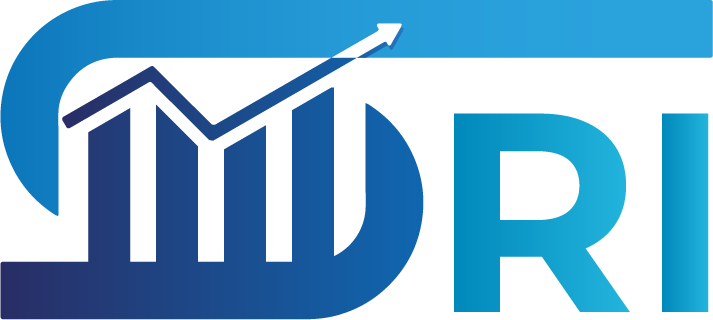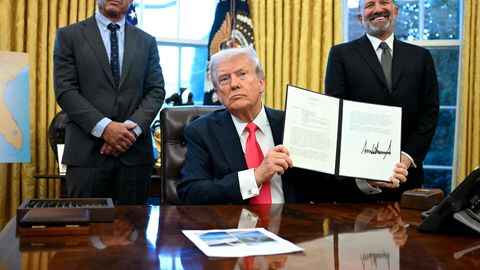While the healthcare pricing transparency order mandates the revelation of actual prices rather than estimations, the order to analyze copper imports may result in the implementation of potential tariffs.
In the first move toward possible tariffs on the metal, US President Donald Trump has signed an order for healthcare price transparency and launched a probe into US copper imports.
Tariffs or other trade restrictions on copper could exacerbate tensions with Canada and Chile, the US’s largest supplier, which accounts for almost 35% of imports.
On Tuesday, Trump issued an executive order assigning his commerce secretary to investigate imports of copper in an effort to curb “unfair trade.”
“Tariffs will help build back our American Copper Industry, and strengthen our National Defense,” Trump stated shortly after the signing on his Truth Social platform.
In a statement, Commerce Secretary Howard Lutnick said, “Global actors attacking our domestic production have decimated our great American copper industry.”
“To build back our copper industry, I will investigate the imposition of possible tariffs,” said Lutnick.
To meet its domestic consumption needs, the largest economy in the world has become more and more reliant on copper imports.
On Tuesday, Lutnick declared: “It’s time for copper to come home.”
Neither a possible tariff rate nor a timeline for the probe were promised by US officials.
The investigation will be conducted under Section 232 of the Trade Expansion Act, which was previously used to support significant tariff increases on imports of steel and aluminum.
Transparency Order on Healthcare Prices
In another executive order, Trump directed federal agencies to strictly follow a 2019 directive he signed during his first term, which called for improving price transparency on healthcare expenses.
The directive instructs the Departments of the Treasury, Labor, and Health and Human Services to develop a framework within ninety days to implement Trump’s 2019 executive order requiring hospitals and health insurers to reveal healthcare cost information.
This entails mandating that real prices, not estimations, be disclosed; revising current guidelines or putting up new rules to guarantee that price information is consistent; and revising or releasing enforcement measures that ensure adherence.
“When you’re visiting a hospital or a doctor, you’re not even permitted to discuss it. As he signed the order, Trump told reporters, “And this lets you go out and talk about it.” “It’s been unpopular in some circles because people make less money, but it’s great for the patient.”
Trump’s first directive from 2019 mandated that hospitals keep a machine-readable file containing negotiated rates for each and every service they offer, as well as a consumer-friendly display of pricing information for up to 300 shoppable services.






